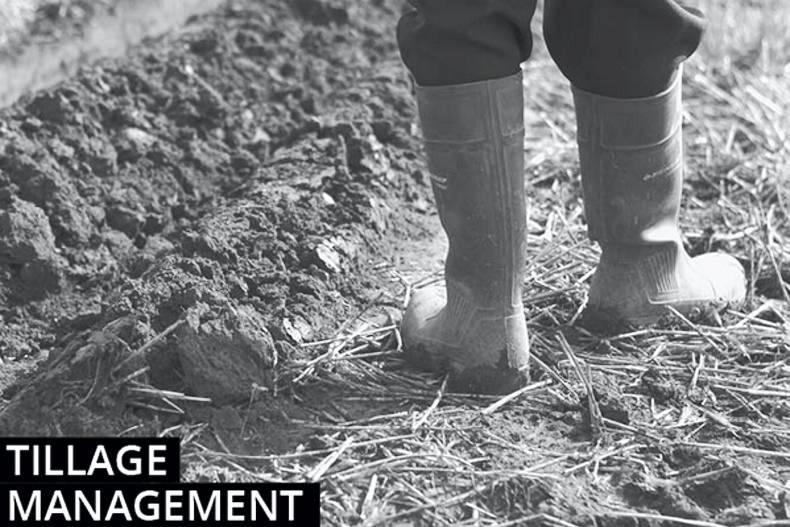Weather: Some areas got a lot of rain early in June while other areas were under a level of moisture stress. Many fields had tips of hills dying off due to lack of moisture. We must now hope that the muggy weather earlier in the month does not result in bad ear blight infection in winter and spring crops.
Crows continue to attack winter barley fields in places. Earlier crops may be past the most vulnerable stage but later ones could still be targeted. The risk of damage will be greater and last longer where lodging has occurred. So take the necessary precautions to help keep them away. Kites can work very well in lodged spots as long as there is some wind about.
Weeds appearing: For many weeks, crops looked nice and clean and weed-free but now that crops are at full height weeds have begun to appear above them in many fields. Weed control was less than perfect this year and now these have stretched in search of light. Obvious problems include wild oats, sterile brome, meadow brome, blackgrass, poppy and cleavers. There are increasing concerns about herbicide resistance in many of these weeds.
Weedy crops reinforce the need to help our chemicals. Stubble cultivation remains one of the best ways to do this by germinating seeds, many of which may have been shed this year. By doing this continuously you reduce the weed seed bank but this will not necessarily make resistance go away. So you still need to have a robust herbicide mix in future years. The risk of developing resistance is a numbers game, so the fewer weeds you have the lower the risk.
It remains good practice to rogue surviving plants, especially if the numbers are low. Preventing seed return is key to winning the battle. But cultivate stubbles as well to reduce overall numbers.
Final sprays: Final fungicides on spring wheat should be applied at early flowering. This could be a second or a third spray and it could include an SDHI, as well as triazole and a contact. Contact fungicides remain an important input as they seem to control a number of troublesome disease on this crop in a wet season.
Oilseed rape: Check winter rape crops for desiccation. Some early crops may already be sprayed and others will come to this stage in the weeks ahead. High temperatures would speed up maturation but allow three weeks for the crop to die back. Use plenty of water (200 litres/ha or more) to help get glyphosate down into the canopy but avoid big droplets.
Straw decisions: Growers are already indicating a lack of interest in wheat straw for composting with completely unattractive price offers. Where this is the case it makes more sense to chop and incorporate to help improve your soil long term. But even if you have a worthwhile sale, chop the headlands to help improve them over time.






 This is a subscriber-only article
This is a subscriber-only article










SHARING OPTIONS: